Méthode progressive de lecture à vue - Michel Gastaud
For percussions
Soloist, chamber musician, orchestral musician, teacher, Michel Gastaud is a complete percussionist with exceptional experience. The transmission is at the root of his many activities, the publication of this book is an obvious choice.
By the technical but especially musical questions that it addresses, it is a precious tool to link the learning of music theory and instrumental practice. The numerous musical references as well as the connections established between studies intended for different instrumentariums make this method a singular, relevant and therefore necessary object.
Bruno Mantovani
Composer
Michel Gastaud, a pillar of French percussion, a committed creator, a tireless soloist and chamber musician, and an invaluable and appreciated teacher, needs no introduction. I am therefore particularly pleased with his initiative to publish a method of deciphering for percussion.
This work will fill a gap in the literature for percussion in this field and will certainly help to overcome the imbalances in level that I notice, especially during the entrance exams to the Paris Conservatory.
Michel Gastaud proposes here with great intelligence and variety a progression by stages of deciphering on the main percussion instruments from the beginning of the learning process. Here is, I think, something to give more tools, ideas, pleasure and clarity in the strategy to be used to fill in the gaps and develop one's sight-reading skills.
Gilles Durot
Soloist of the Ensemble Intercontemporain
Professor of percussion at the Conservatoire de Paris (CNSMDP)
PROGRESSIVE AND SYMPATHETIC TRAINING
FOR THE INSTRUMENTAL READING OF PERCUSSIONS
Michel Gastaud
I remain convinced that learning to read percussion instruments must begin very early. It must be done in parallel with music theory classes. Based on my professional experience as an orchestral player, chamber musician and teacher, I propose personal texts that sometimes include a few quotations. The idea is not new but I have approached it in a different way.
I first propose a theme on the keyboards (most often known) in order to memorize it easily and thus make the reading easier. This motif will then be taken up again on the snare drum and then on the timpani, sometimes with a few fantasies, as the student has already partially integrated the melodic or rhythmic elements previously presented. I have deliberately not indicated the tempi. I think that when one has identified the musical reference, one must try to get closer to it. Let us not forget that these texts remain decipherments and are addressed to students of end of cycle (1st/2nd/3rd and DEM)
We will proceed calmly and methodically in the following order of priority:
- Identification of :
- the key, identification of accidental accidentals and notes located on the extra lines.
- the measure, the changes of metric, the equivalences.
- the tempo.
- I try to identify:
- rhythmic or melodic similarities.
- chromaticisms or contrary movements.
- the independence of the voices
- the quotation(s).
- I try to respect the nuances.
- Then, if I don't have instruments at my disposal, I sing the text and mime the movements
- I quickly try to fix in my memory the difficult passages so as not to be surprised during the reading.
This mental preparation is very important, it allows me to anticipate the ordeal of reading an unknown text and the possible pitfalls it may contain and thus reduce stress.
These texts do not need to be worked on, they need to be played several times, taking into account the advice given above, with corrections if necessary. I advise you to review from time to time the exercises you have already deciphered with maximum concentration in order to see the progress. This can also be done as a whole.
With these small sight-reading exercises, I wanted to make up in a playful way for the fact that the texts proposed are often not adapted to the particularities of percussion. The acquisition of reflexes as well as a sense of anticipation will allow our students to approach sight-reading with more serenity and thus express their real potential.










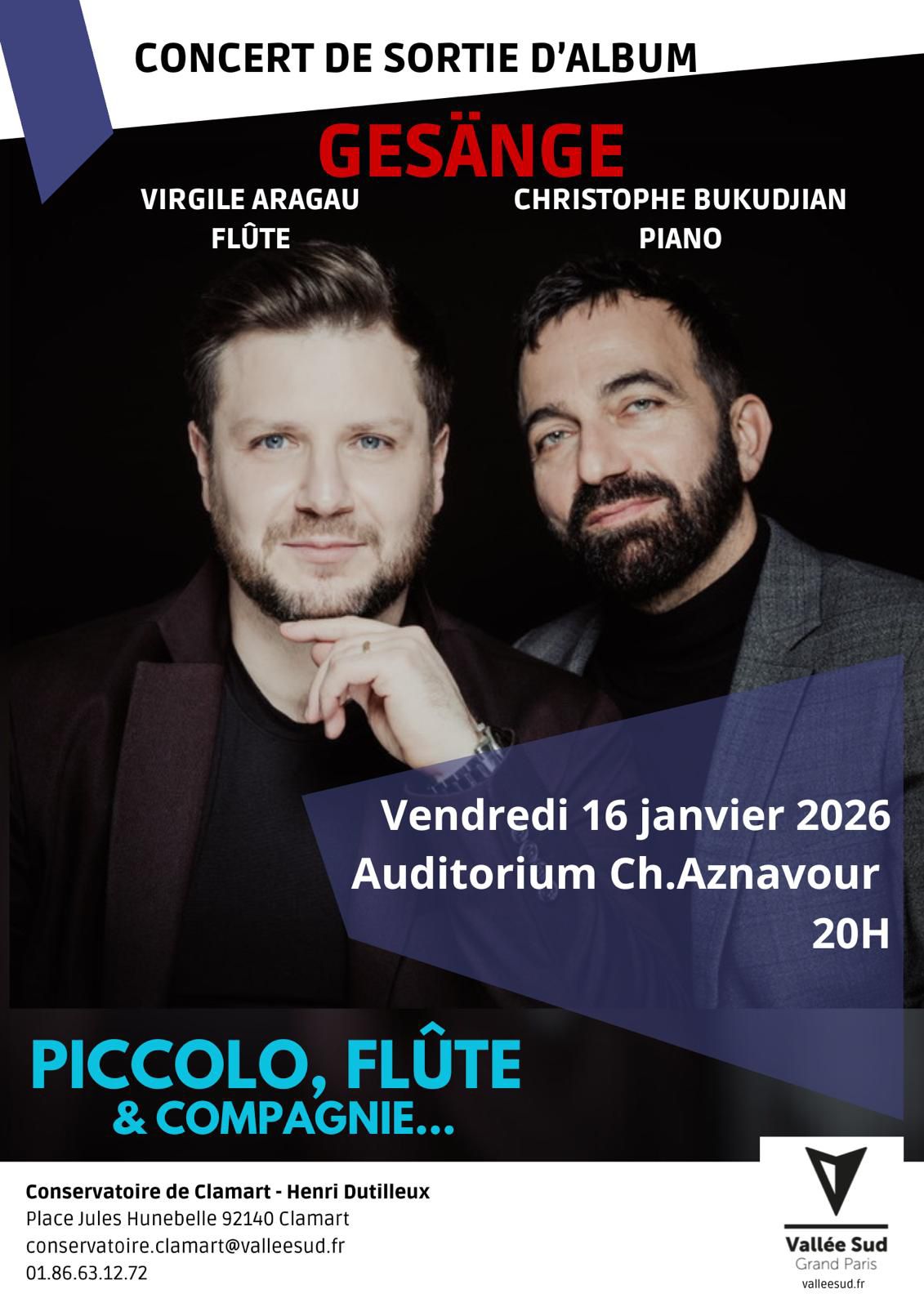




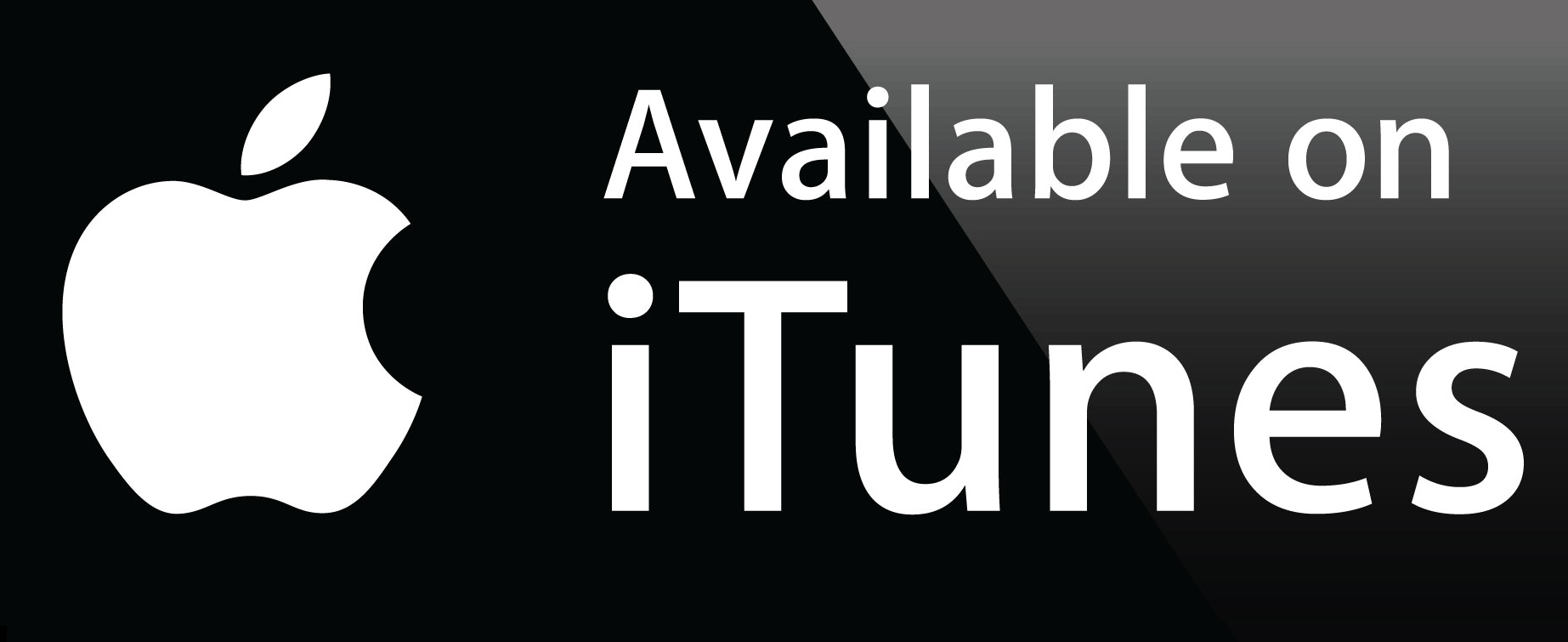


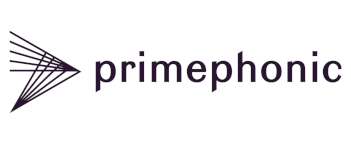



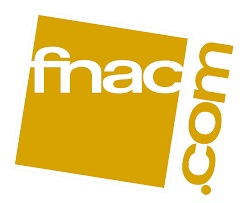
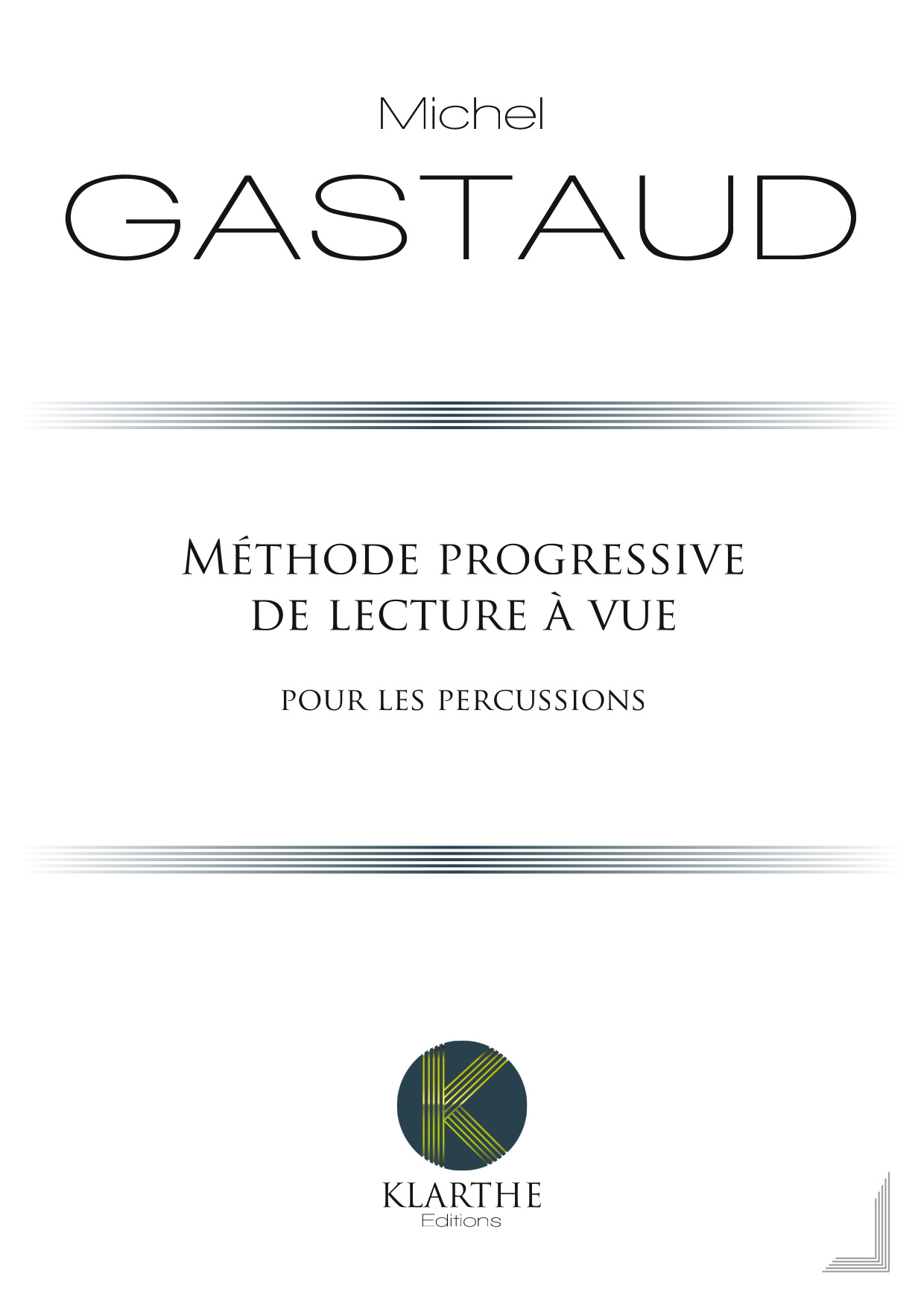
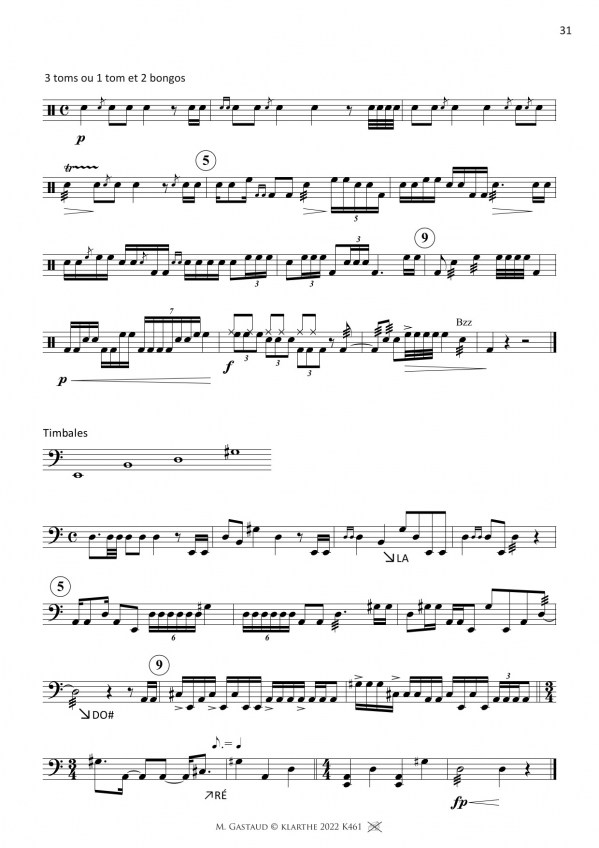

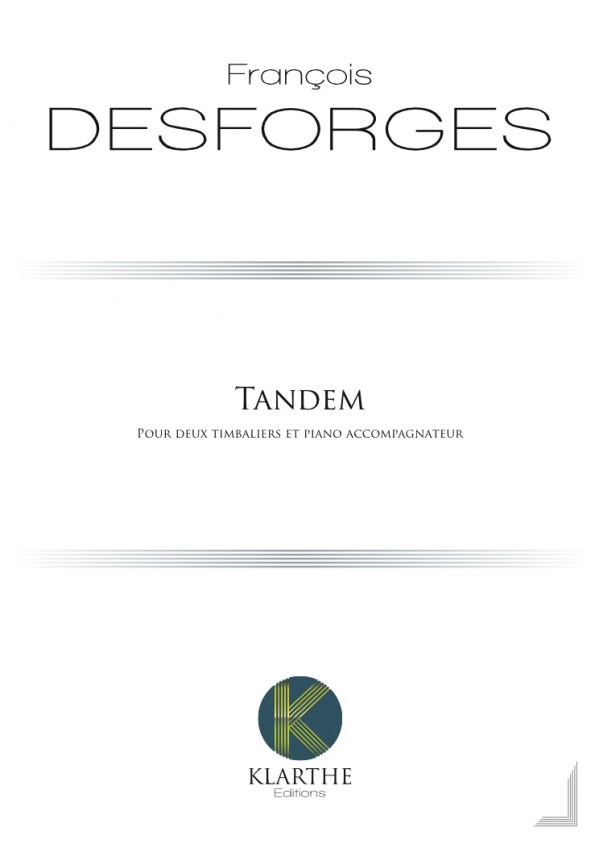 Tandem - François Desforges
Tandem - François Desforges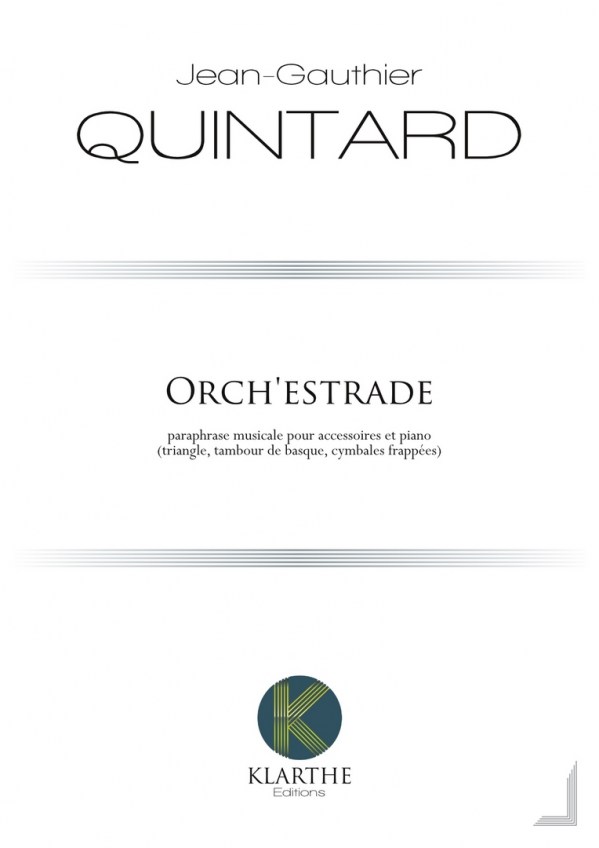 Orch'estrade - Jean-Gauthier Quintard
Orch'estrade - Jean-Gauthier Quintard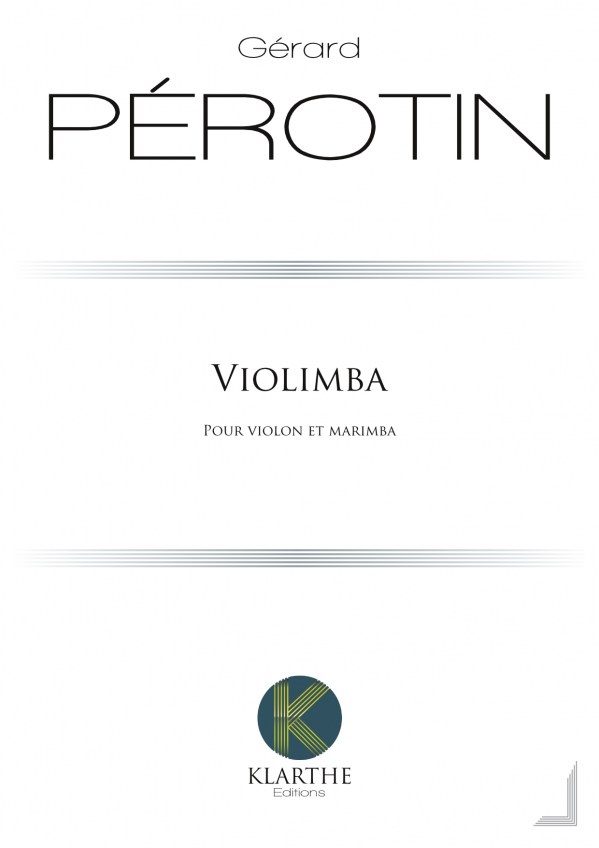 Violimba - Gérard Pérotin
Violimba - Gérard Pérotin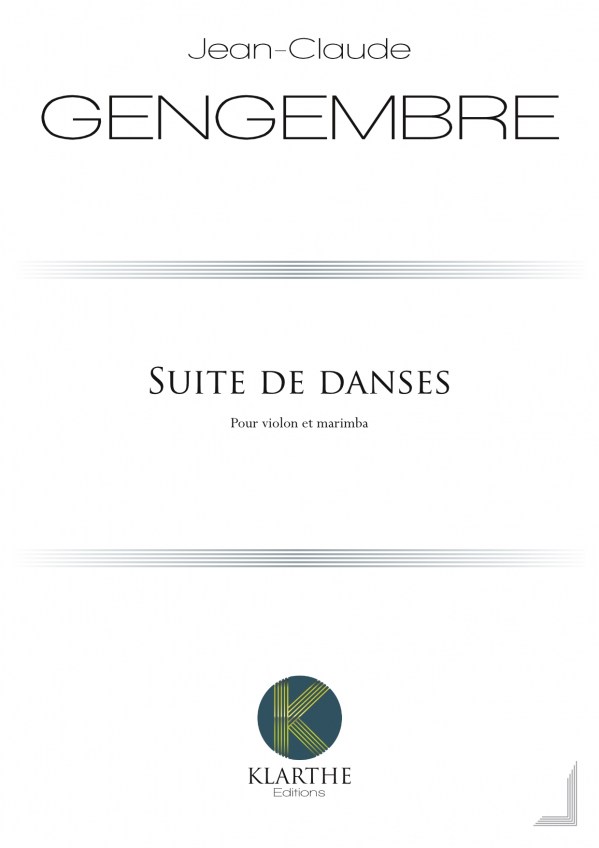 Suite de danses - Jean-Claude Gengembre
Suite de danses - Jean-Claude Gengembre